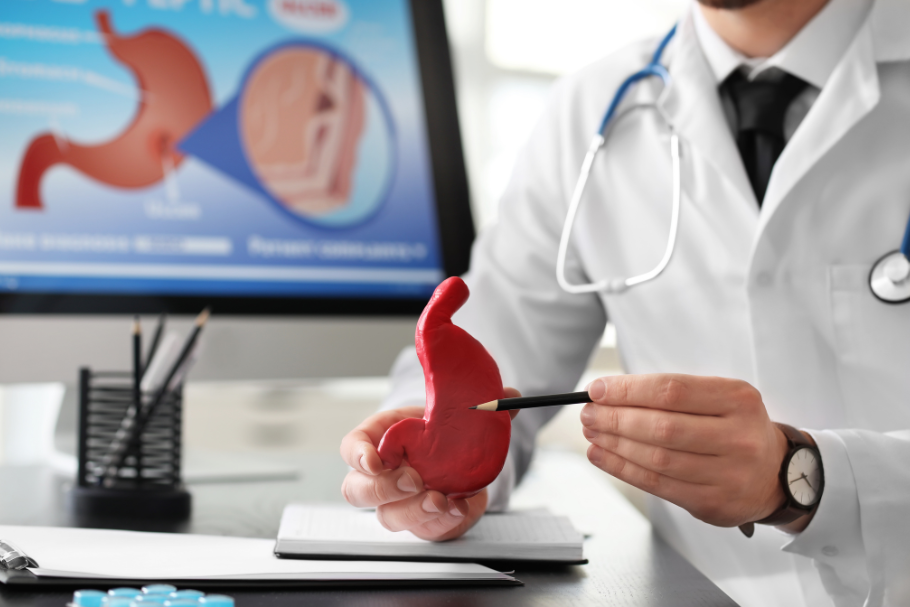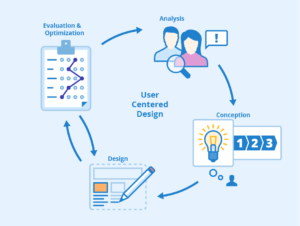Unravel the Mystery of Harmful Ulcers: A Comprehensive Guide to Types, Causes, Symptoms, Diagnosis, and Treatment

Unravel the Mystery of Ulcers A Comprehensive Guide to Types, Causes, Symptoms, Diagnosis, and Treatment
Introduction:
Unravel the mystery of ulcers as we delve into a comprehensive exploration of this common gastrointestinal condition. From understanding the various types of ulcers to identifying their causes, symptoms, diagnostic techniques, and treatment options, this blog post aims to equip you with the knowledge needed to tackle ulcers head-on. By shedding light on this condition, we empower individuals to recognize the signs, seek appropriate medical care, and effectively manage ulcers for a healthier and more comfortable life.
Section 1: Demystifying Ulcers:
Ulcers manifest as open sores in the digestive tract lining. When the protective mucus layer weakens, stomach acid and digestive enzymes can damage the underlying tissue.
- Ulcers come in different forms, including:
- Gastric Ulcers: Developing in the stomach lining, these ulcers can cause post-meal abdominal pain, bloating, indigestion, and discomfort.
- Duodenal Ulcers: Found in the upper part of the small intestine (duodenum), these ulcers often result in a burning sensation or pain between meals, typically in the mid-abdomen or upper abdomen.
- Mouth Ulcers: Commonly known as canker sores, mouth ulcers are shallow, painful sores that form inside the mouth, including the lips, cheeks, gums, and tongue.
Section 2: Unveiling Causes and Risk Factors :
Ulcers can be attributed to several factors, such as:
- Helicobacter pylori (H. pylori) Infection: This bacterium weakens the protective linings of the stomach and duodenum, rendering them more susceptible to stomach acid damage.
- Nonsteroidal Anti-Inflammatory Drugs (NSAIDs): Prolonged usage of medications like aspirin, ibuprofen, and naproxen can irritate the stomach lining and heighten the risk of developing ulcers.
- Excessive Stomach Acid Production: Conditions such as Zollinger-Ellison syndrome can lead to the overproduction of stomach acid, contributing to ulcer formation.
- Lifestyle Factors: Smoking, excessive alcohol consumption, and high levels of stress can also increase the likelihood of developing ulcers.
Section 3: Decoding Symptoms and Complications:
Ulcer symptoms may vary based on their location and severity, with common signs including:
- Abdominal pain or discomfort, characterized as a burning or gnawing sensation.
- Indigestion, bloating, and feeling excessively full after meals.
- Nausea, vomiting, or loss of appetite.
- Dark or tarry stools, indicating bleeding in the digestive tract.
- Unintentional weight loss and persistent fatigue.
Neglected ulcers can lead to complications, such as:
- Bleeding Ulcers: Erosion of blood vessels within ulcers can cause internal bleeding, manifesting as bloody stools or vomiting blood.
- Perforation: In rare cases, ulcers can create perforations in the stomach or intestine, leading to severe abdominal pain and potentially life-threatening infections.
- Obstruction: Prolonged ulcers may result in scar tissue formation, narrowing the digestive tract and causing blockages, characterized by persistent vomiting and difficulty swallowing.
Section 4: Diagnosis and Treatment Approaches:
- Diagnosing ulcers typically involves a combination of methods, including:
- Endoscopy: A minimally invasive procedure where a flexible tube with a camera is inserted through the mouth or anus to visualize the digestive tract, enabling identification of ulcers. Biopsy samples may also be taken for further analysis.
- Breath, Blood, and Stool Tests: These tests aid in detecting the presence of H. pylori infection, a common cause of ulcers.
- Barium X-ray or CT Scan: Imaging tests that provide detailed views of the digestive tract, aiding in ulcer and complication identification.
Treatment options for ulcers aim to alleviate symptoms, promote healing, and prevent complications.
They include:
- Medications: Proton pump inhibitors (PPIs) are frequently prescribed to reduce stomach acid production and aid in ulcer healing. Antibiotics may be prescribed to eradicate H. pylori infection if present. Additional medications like antacids or histamine blockers may manage symptoms effectively.
- Lifestyle Modifications: Quitting smoking, limiting alcohol consumption, stress management, and avoiding NSAIDs can help prevent ulcer recurrence and promote healing.
- Dietary Changes: Although specific dietary recommendations may vary, it is generally advisable to avoid spicy, acidic, and fatty foods that can irritate the stomach lining. Eating smaller, more frequent meals and incorporating fiber-rich foods can also prove beneficial.
Conclusion:
Ulcers are a common gastrointestinal condition that significantly affects one’s well-being. By understanding the types, causes, symptoms, diagnostic techniques, and available treatment options, individuals can proactively manage ulcers. Early diagnosis, proper medical care, and lifestyle modifications contribute to symptom relief, promote healing, and prevent ulcer-related complications. If you experience persistent abdominal pain or suspect you may have an ulcer, seek guidance from a healthcare professional for a comprehensive evaluation and personalized treatment plan tailored to your specific needs.
For More Related Articles Browse Our Website Blogster.pk
For social Connection You can also Visit and follow our Social media Platforms
Facebook , Instagram, Linkedin, Pinterest, Quora, Twitter, Youtube.








